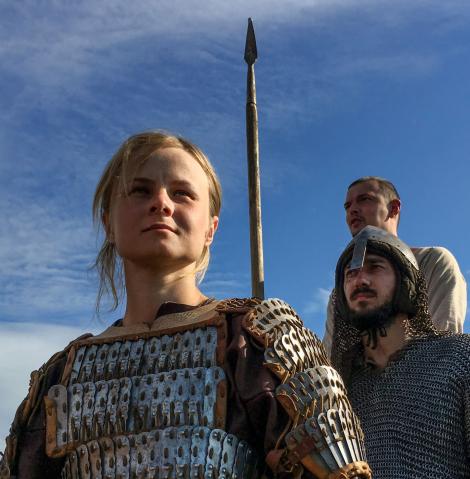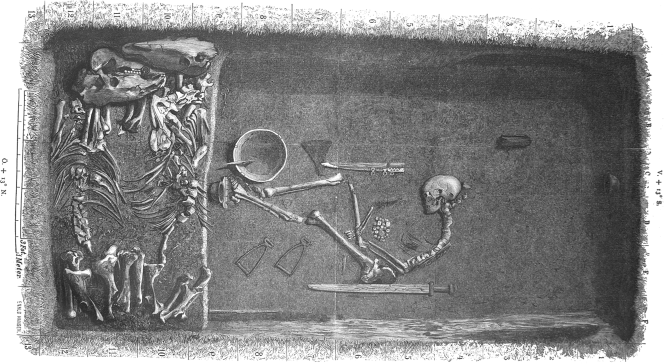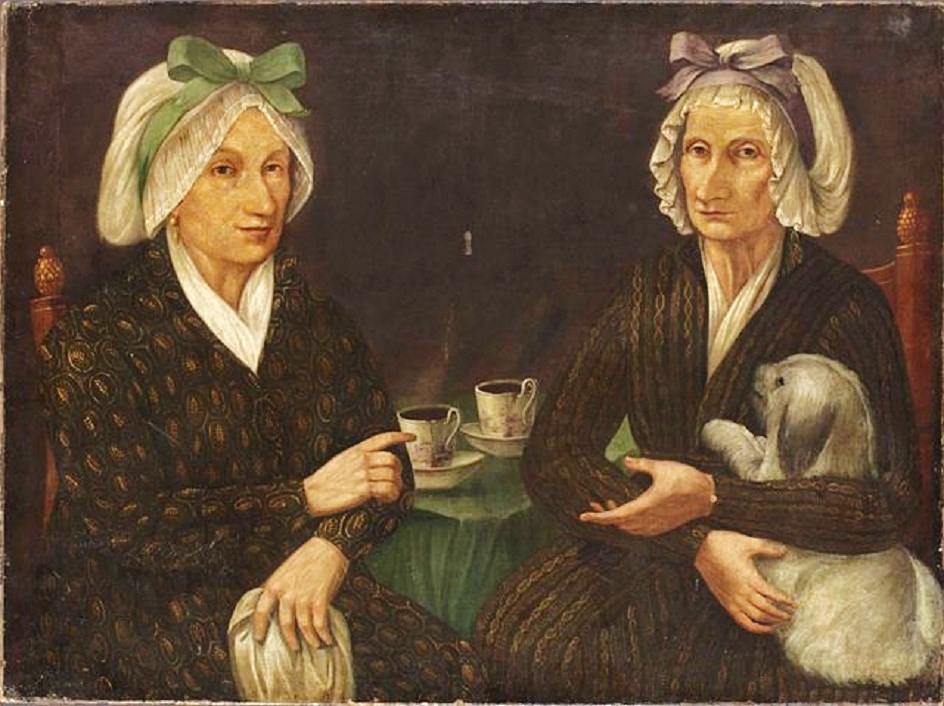Homo sapiens, Earlier Still – Archaeology Magazine
Jebel Irhoud, Morocco

Excavations at Jebel Irhoud, near Morocco’s west coast, have uncovered the 300,000-year-old bones of some of the earliest members of the Homo sapiens lineage. Human bones were first discovered at the site in 1961, and their strange combination of archaic and modern features intrigued scientists, who guessed they belonged to Neanderthals and dated to about 40,000 years ago. In 2006, a team led by Jean-Jacques Hublin of the Max Planck Institute for Evolutionary Anthropology reopened excavations at Jebel Irhoud. This year, they revealed their results, providing a glimpse of the earliest members of the ancestral line that led to modern humans. To read more on this follow the link below:
Source: www.archaeology.org/issues/282-features/top10/6181-morocco-jebel-irhoud-early-homo-sapiens
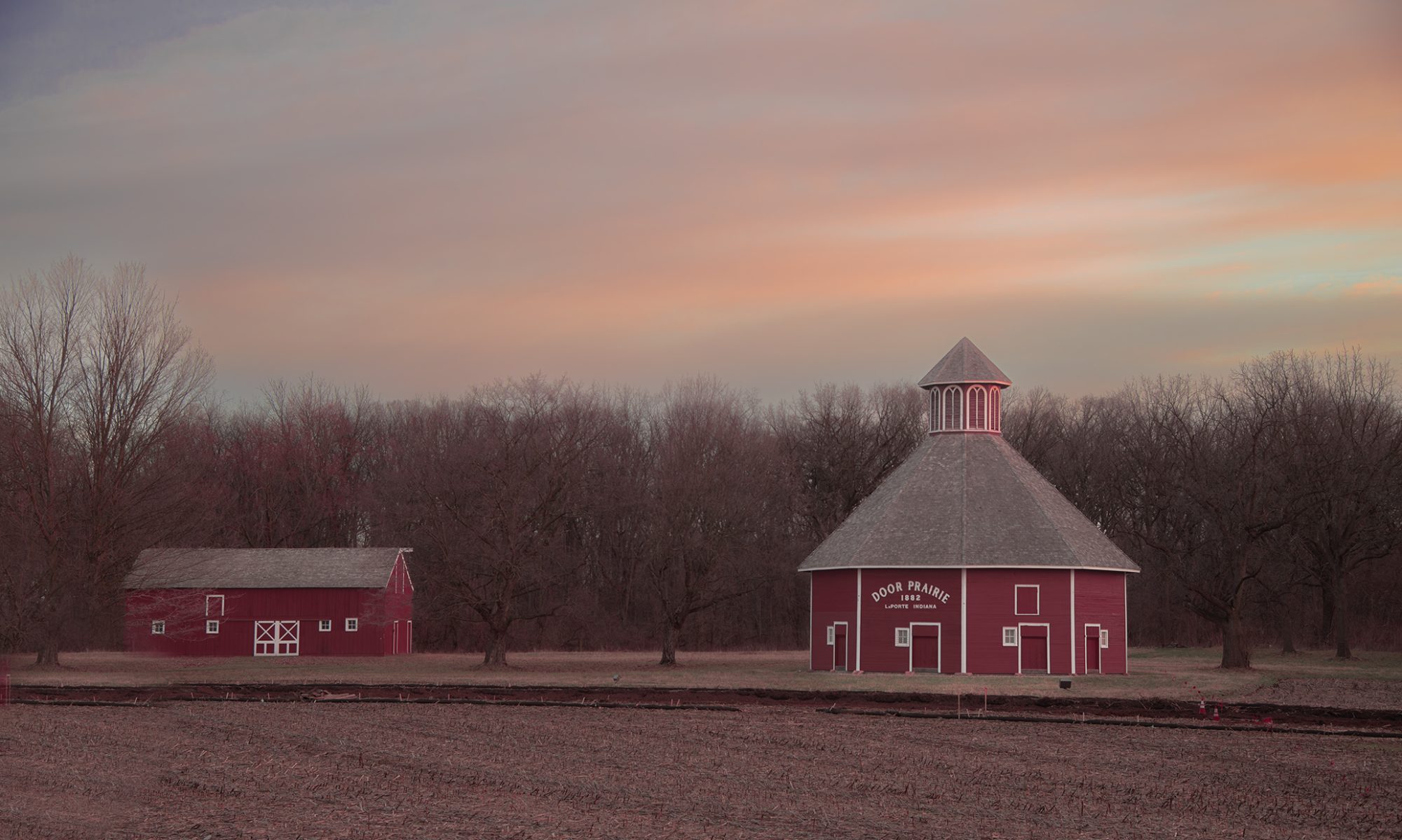





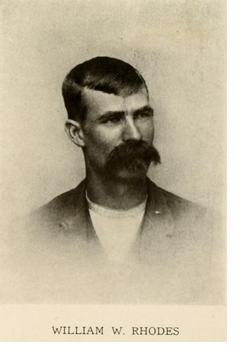 William Wallace Rhodes, son of William Wallace and Sevilla J. (Hall ) Rhodes, . . Mr. Rhodes married Miss Anna, daughter of John and Mary (Wynhoff) Verfurth, and . . .
William Wallace Rhodes, son of William Wallace and Sevilla J. (Hall ) Rhodes, . . Mr. Rhodes married Miss Anna, daughter of John and Mary (Wynhoff) Verfurth, and . . .